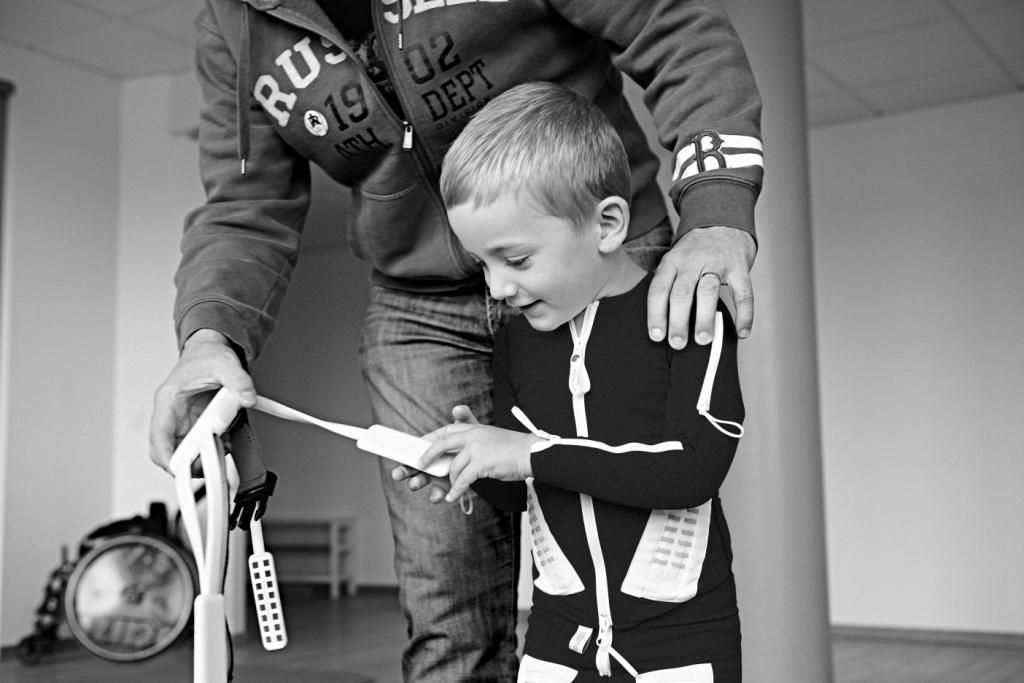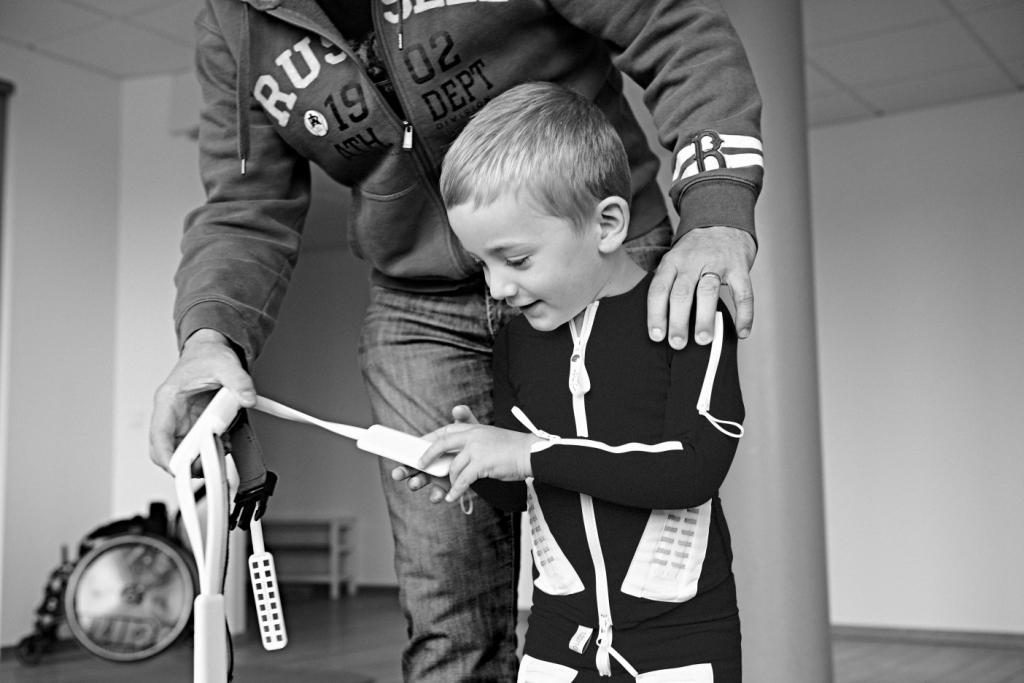According to Stroke Foundation Australia, Stroke in one of the leading causes of disability and around 65 percent of stroke survivors experience disability which compromises their ability to function independently on day to day basis. Rehabilitation plays a key role in recovery for people who have been affected by stroke. Stroke rehabilitation should be introduced as early as possible with a goal to improve the overall function and independence of the stroke survivor. Post stroke rehabilitation focuses on improving range of motion, muscle strength and co-ordination, use of affected limbs, cognitive skills and mental health.
New techniques are employed in stroke rehabilitation to ameliorate function and mobility such as electrical nerve stimulation, robotics and photo biomodulation. Evidence shows that low frequency transcutaneous electrical nerve stimulation (TENS) in conjunction with therapeutic exercise alleviates spasticity and improves balance, gait and functional activity in stroke survivors. An advanced form of low-frequency TENS is now available in a convenient functional garment called “the Mollii Suit”.
Mollii Suit is a three-piece garment which consists of trousers, jacket and a detach-able control unit. Mollii uses low level electrical nerve stimulation to improve the overall range of motion and balance, by preventing and counteracting different forms of muscle shortening and rigidity, resulting in better quality of life. It enables active movements and allows the individual to have more control over their body and the way it functions.
Rehabilitation Stroke Services Framework, 2013, states that “Rehabilitation is a proactive, person-centred and goal-oriented process.” Molli Suit Therapy suffice this definition of rehabilitation process as it is setup individually for everyone based on the needs and what the individual wants to achieve. Stroke rehabilitation require restructuring over time to account for change in individuals’ needs and skills level. Mollii Suit therapy offers that flexibility as it can be re-programmed (as many times as required) as the individuals’ needs change and they continue to achieve goals and get better.

References:
Park, J., Seo, D., Choi, W., & Lee, S. (2014). The Effects of Exercise with TENS on Spasticity, Balance, and Gait in Patients with Chronic Stroke: A Randomized Controlled Trial. Medical Science Monitor : International Medical Journal of Experimental and Clinical Research, 20, 1890–1896. doi: 10.12659/MSM.890926
National Stroke Foundation, (2013). Rehabilitation Stroke Services Framework 2013. Retrieved from: https://strokefoundation.org.au/What-we-do/Treatment-programs/National-stroke-services-frameworks
Stroke Foundation, (2018). Facts and figures about stroke. Retrieved from: https://strokefoundation.org.au/About-Stroke/Facts-and-figures-about-stroke

